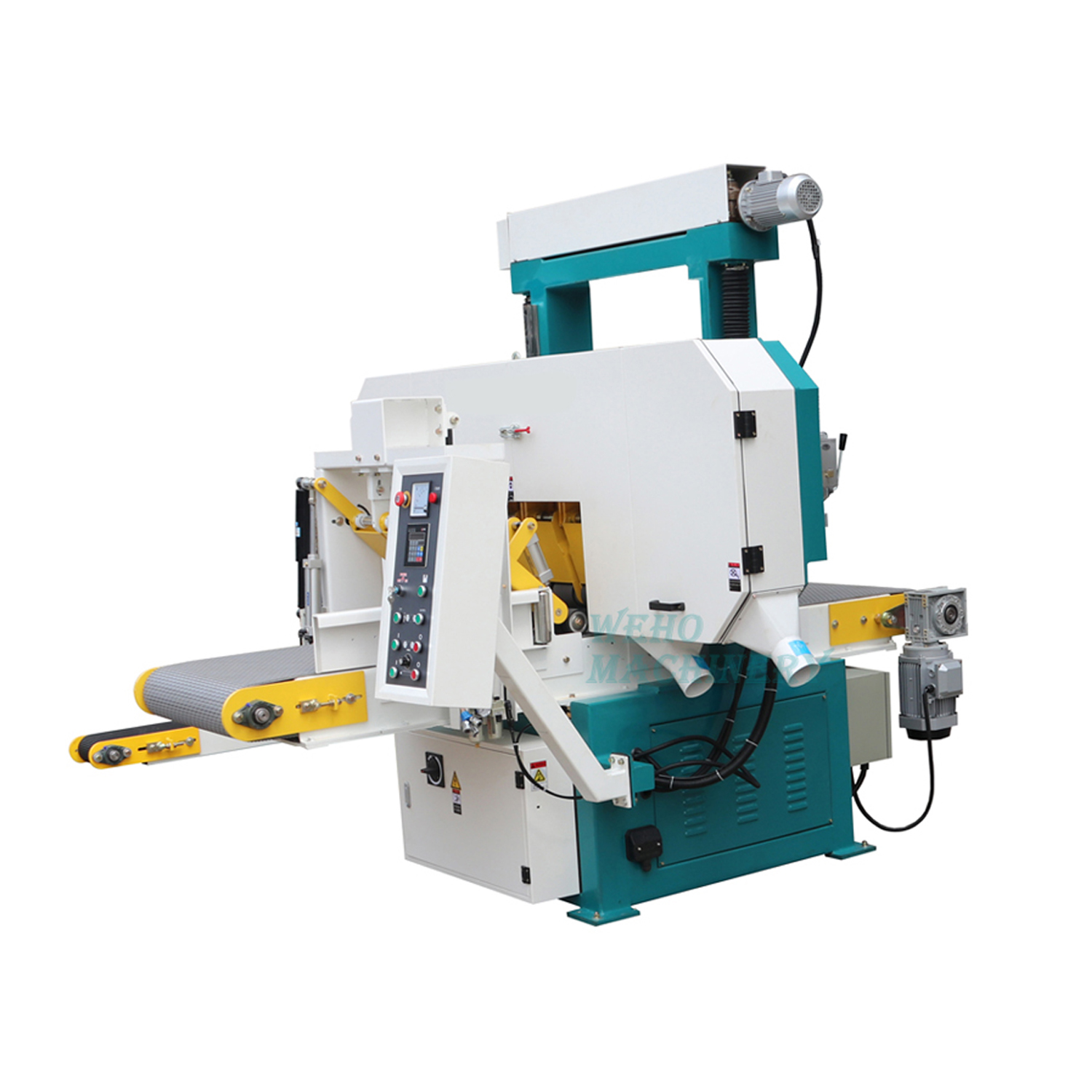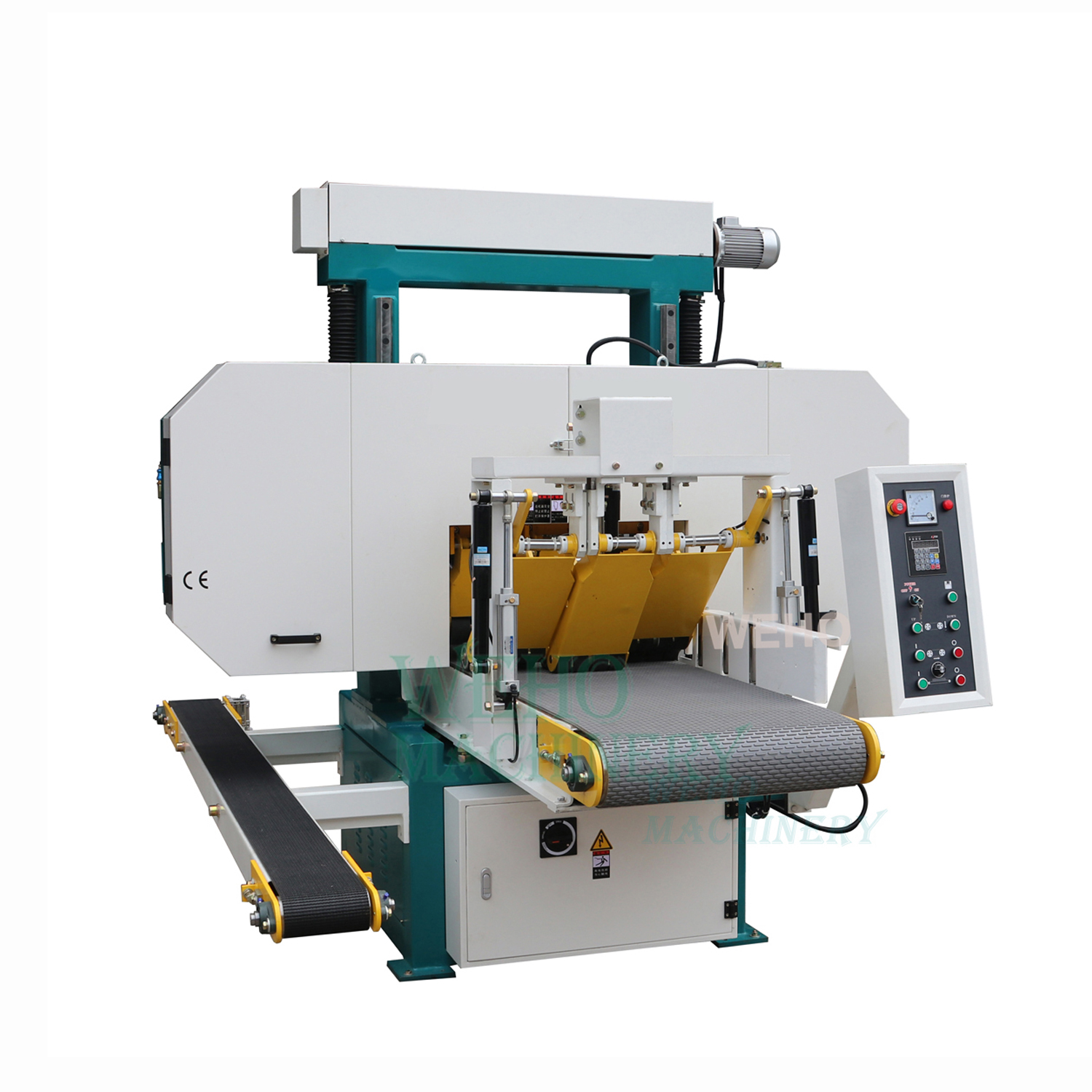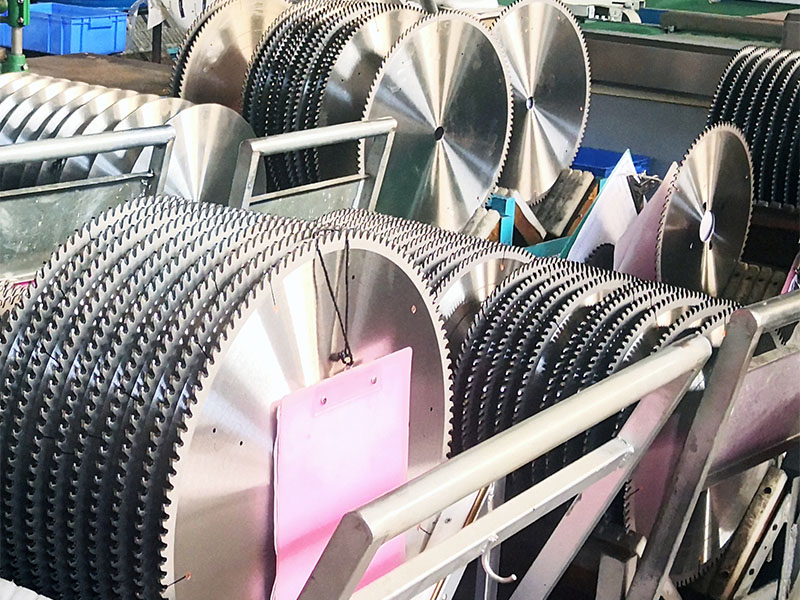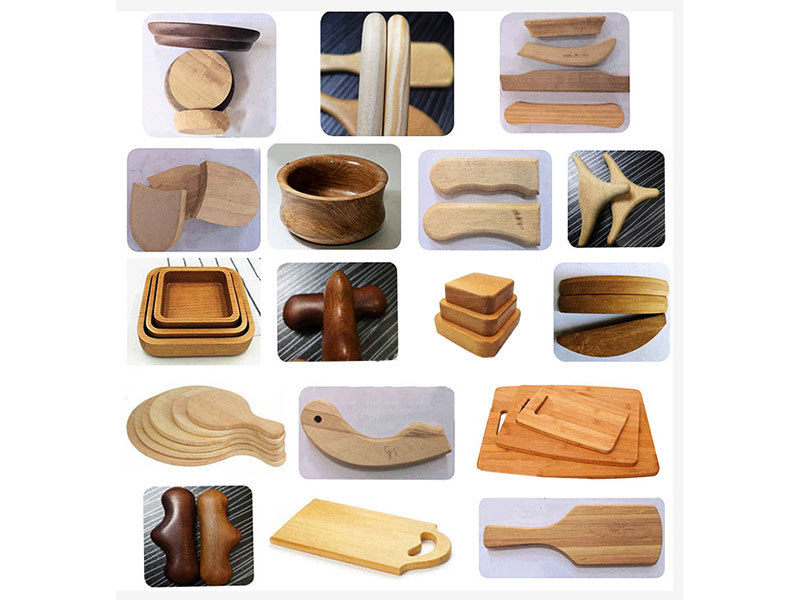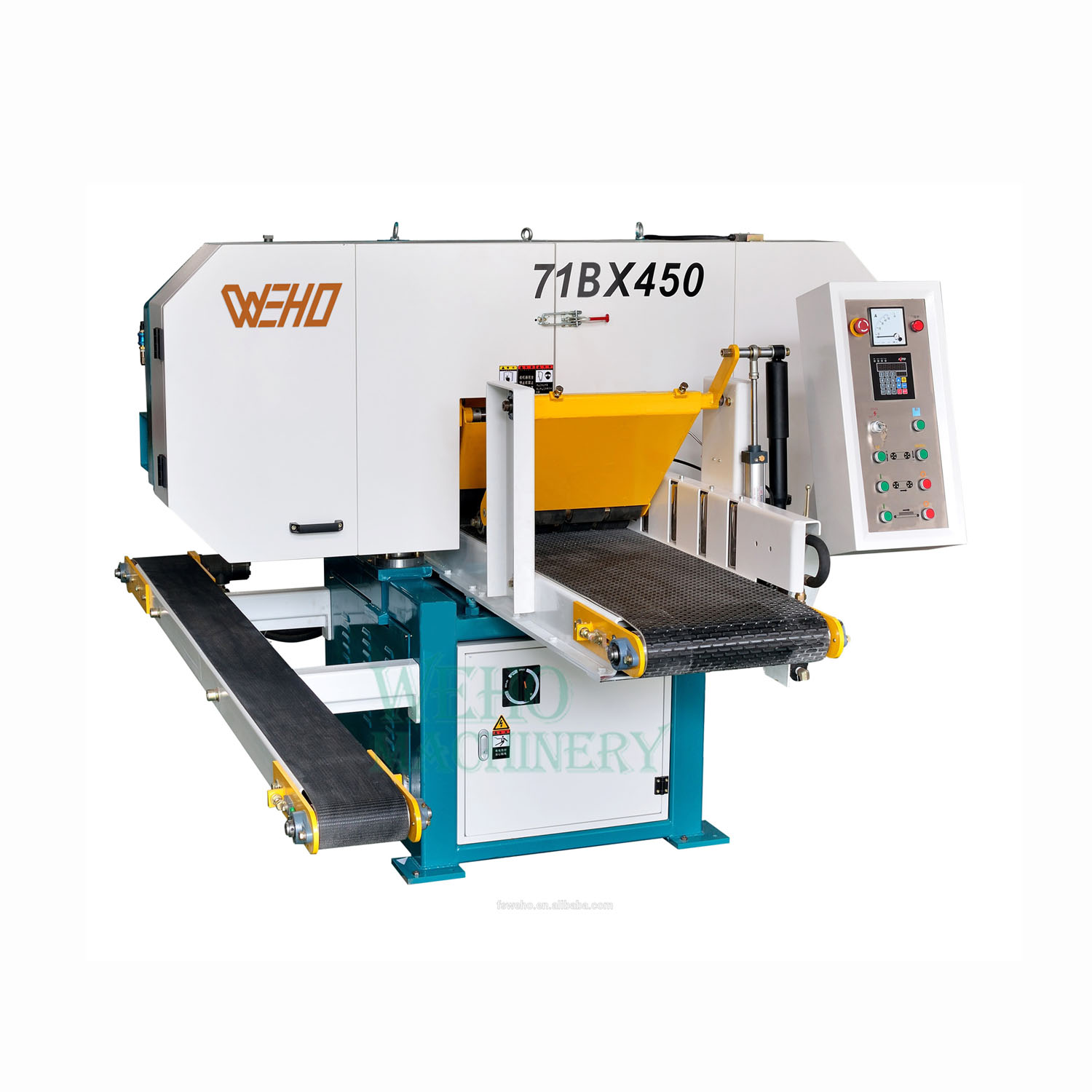
Is A Horizontal Band Saw Better Than A Cold Cut Saw?
When it comes to selecting the right tool for cutting metal, the decision often narrows down to two popular options: the horizontal band saw and the cold cut saw. Both tools have their unique strengths and applications, making the choice between them a matter of specific requirements and preferences. This article aims to provide a comprehensive comparison of horizontal band saws and cold cut saws, helping you determine which is better suited for your needs.
What is a Horizontal Band Saw?
A horizontal band saw uses a continuous loop of toothed metal (the band) that runs on two wheels. This band cuts through the material with a steady downward motion, making it highly effective for cutting various shapes and sizes of metal, including bars, tubes, and structural steel.
Advantages of Horizontal Band Saws
Versatility
Horizontal band saws are known for their versatility. They can cut a wide range of materials and shapes, from small metal rods to large steel beams. This versatility makes them a go-to tool in many fabrication shops and manufacturing plants.
Precision and Smooth Cuts
These saws offer precise cuts with a smooth finish, reducing the need for additional machining or finishing. The consistent cutting action of the band ensures minimal deformation of the material, which is crucial for maintaining dimensional accuracy.
Continuous Cutting Action
The continuous loop of the band saw blade allows for uninterrupted cutting, which is ideal for long and complex cuts. This feature is particularly beneficial when working on large projects that require extended cutting periods.
Slower Cutting Speed
Compared to cold cut saws, horizontal band saws generally have a slower cutting speed. This can be a drawback when working on projects with tight deadlines or when high production rates are required.
What is a Cold Cut Saw?
A cold cut saw uses a circular blade to cut through metal. Unlike abrasive cutting methods, cold cut saws produce minimal heat, resulting in a "cold" cut that preserves the integrity of the material. These saws are particularly effective for cutting pipes, tubes, and profiles with high precision and speed.
Advantages of Cold Cut Saws
Speed and Efficiency
Cold cut saws are known for their fast cutting speeds. The circular blade can quickly slice through metal, making them ideal for high-volume production environments where efficiency is paramount.
Minimal Heat Generation
One of the key advantages of cold cut saws is the minimal heat generated during the cutting process. This prevents thermal distortion and preserves the mechanical properties of the material, ensuring high-quality cuts.
Clean and Burr-Free Cuts
Cold cut saws produce clean, burr-free cuts, reducing the need for post-cut processing. This is particularly beneficial in applications where precision and a clean finish are critical.
Comparative Analysis
Cutting Precision and Quality
Both horizontal band saws and cold cut saws offer high precision and quality cuts. However, the choice between the two often depends on the specific application. For intricate and detailed cuts, the horizontal band saw may offer better control and consistency. On the other hand, cold cut saws excel in delivering fast, clean, and burr-free cuts, making them ideal for applications requiring minimal post-processing.
Cutting Speed and Efficiency
In terms of cutting speed, cold cut saws generally have the upper hand. Their fast cutting action makes them suitable for high-volume production environments where time is a critical factor. Horizontal band saws, while slower, offer continuous cutting action, which can be beneficial for larger, more complex cuts.
Versatility and Application Range
Horizontal band saws are more versatile in terms of the range of materials and shapes they can handle. They can cut through a variety of metals and structural shapes, making them a versatile tool in many workshops. Cold cut saws, while efficient, are typically more specialized and may not handle the same range of materials as effectively.
Maintenance and Operational Costs
Maintenance and operational costs are important considerations when choosing between these two saw types. Horizontal band saws may require more frequent blade replacements and maintenance due to the continuous loop design. Cold cut saws, while having higher blade costs, may require less frequent maintenance overall.
Safety Considerations
Safety is paramount in any cutting operation. Both saw types have their safety features and considerations. Horizontal band saws generally operate at lower speeds, reducing the risk of accidents. Cold cut saws, with their high-speed cutting action, require careful handling and proper safety measures to prevent injuries.
Conclusion
Choosing between a horizontal band saw and a cold cut saw depends on various factors, including the specific requirements of your cutting tasks, the types of materials you work with, and your production needs. If you are looking for a reliable wooden furniture supplier, WEHO is ideal for you. For more product details, please visit our site today!


